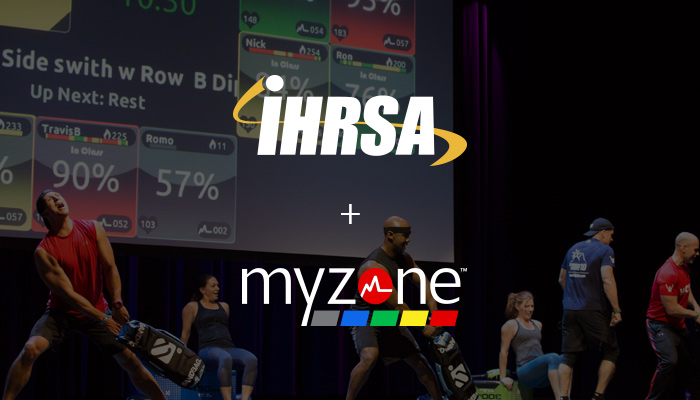Unlocking the versatility of your heart rate monitor
When it comes to a starting point of exercise and wellbeing, simply getting active is often more important than how you move.
However, it's good to know about some heart rate monitor sensor essentials before you decide where you’ll wear yours.
Below we look at the differences between how you wear your MZ-Switch heart rate monitor and what each of the PPG and ECG sensors can bring to your workouts.
What's more... Sometimes the hardest workouts are not even about the workouts themselves, as teacher and fitness enthusiast, Jamie McSherry, explains.
Wearing your heart rate monitor on your wrist or arm
Harnessing the power of a photoplethysmography (PPG) sensor in your MZ-Switch heart rate monitor offers insights into your health and wellbeing that are perceived as more accessible than with the chest strap sensors alone.
By consistently monitoring your heart rate on your wrist, arm, or other areas of the body, it gives you an in-depth understanding of your response to physical activity.
Combine this with the visual aspect of heart rate training zones displayed in the Myzone app or on a gym screen and it makes training more accessible to more people.
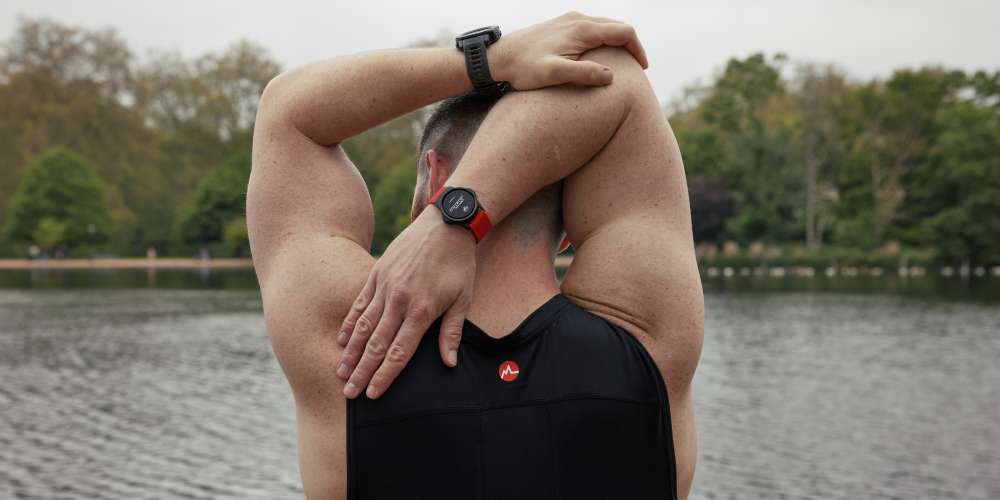
PPG technology measures the amount of light absorbed by the blood flowing through your wrist – or wherever the sensor is placed – providing real-time heart rate data.
In the Switch, this comes with an accuracy of 95%. This immediate feedback helps you gauge the intensity of your exercise, enabling you to stay within your target heart rate zones. Whether you're aiming for fat burning, cardiovascular improvement, or peak performance, this precision ensures each workout is effective and aligned with your fitness goals.
By allowing you to wear the device almost wherever you like, you’re able to monitor your active lifestyle whether you’re an athlete, a gym class hero, going for a swim, or just want a more useful set of metrics than steps alone.
Integrating a PPG sensor into your fitness journey equips you with invaluable data to shape your workouts, optimise recovery, and keep a keen eye on your overall health. It's more than a tool; it's a catalyst for a healthier, fitter, and more informed lifestyle.
Wearing your heart rate monitor on your chest
When worn on the chest, the electrocardiography or electrocardiogram (ECG) sensor in the MZ-Switch heart rate monitor provides 99.4% accuracy, proving essential for both beginner fitness enthusiasts and professional athletes on their exercise journeys.
The ECG sensor functions by detecting the electrical signals that your heart produces each time it beats, enabling them to deliver unparalleled accuracy in heart rate readings.
While optical sensors in wrist-worn devices may suffice for general fitness tracking, the ECG’s precision is much better-suited when specific heart rate zones are timed in classes, for example.
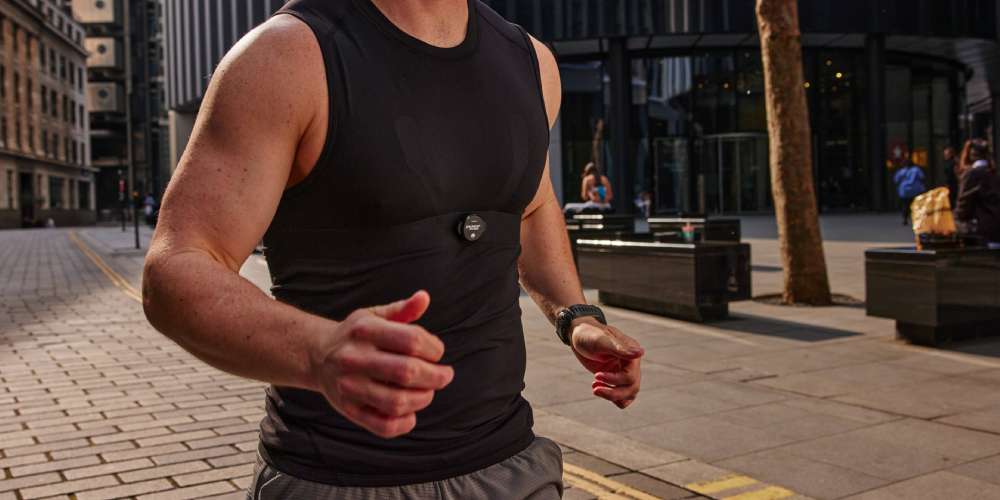
This is one of the notable advantages of an ECG sensor – its responsiveness. Unlike other heart rate monitors, it captures real-time changes in your heart rate. This immediate feedback, particularly during high-intensity interval training (HIIT) or steep hill climbs in cycling, allows for instant adjustments in your effort levels.
In addition, ECG monitors capture more detailed heart information, such as the rhythm and strength of heartbeats. This comprehensive data can provide early warnings of potential heart conditions, promoting proactive cardiac health management.
Finally, chest-strapped ECG sensors are less affected by motion artifacts, reducing the chances of false readings during vigorous activities, ensuring your workout data remains reliable and accurate.
Sometimes there’s even more depth to understanding heart rate data
“When it comes to understanding effort levels, you may well feel tired or you’ve had a long day or not slept particularly well, but to get that consistency while you’re training is where you’re going to see the most progress,” explains teacher and fitness enthusiast, Jamie McSherry.
“What sometimes feels like hard work might have something to do with the decisions you’ve made yesterday – a late night, or alcohol, or whatever it may be. It’s so good to have an understanding of where your effort levels sit, so that you can get a good idea of how far off you are or what you need to do to get there, irrespective of any other factor.”
Using the MZ-Switch heart rate monitor, you’re able to not only reap the benefits of MEPs and the Myzone community, but you can be physically active in whichever way you wish, in the gym, outside or in the water – it’s your move.
However you want to get active, discover how Myzone supports your effort.
Share this
You May Also Like
These Related Stories
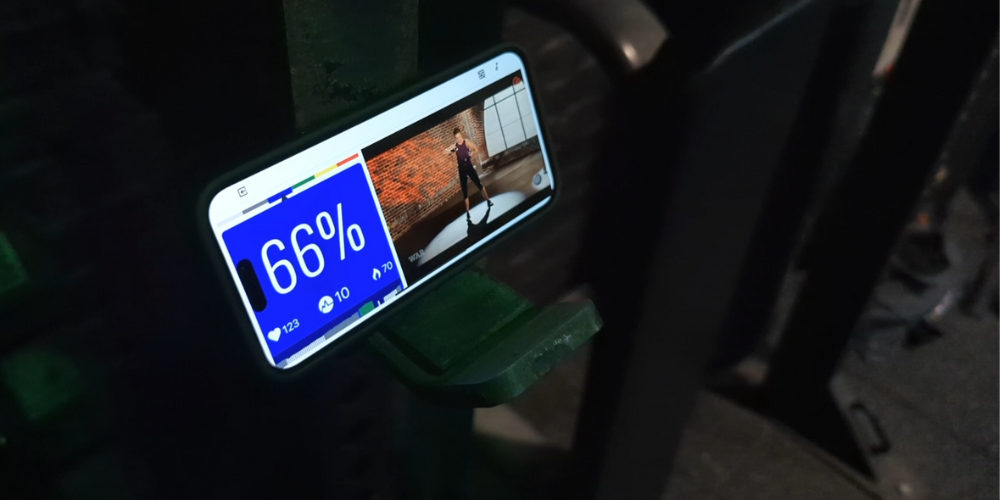
Three key benefits to heart rate training
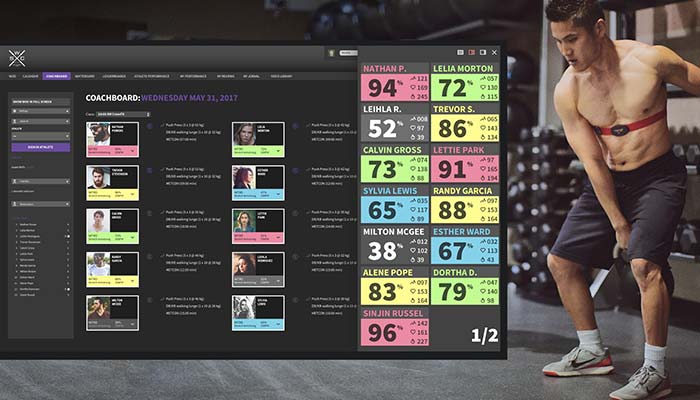
Wodify Partnership with Myzone
